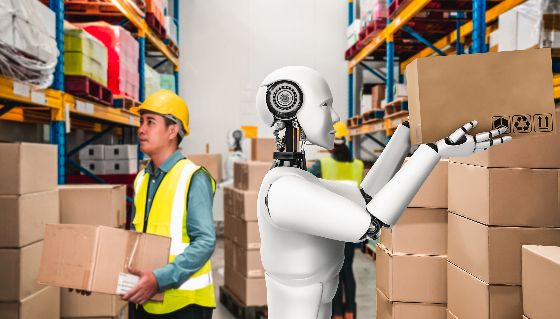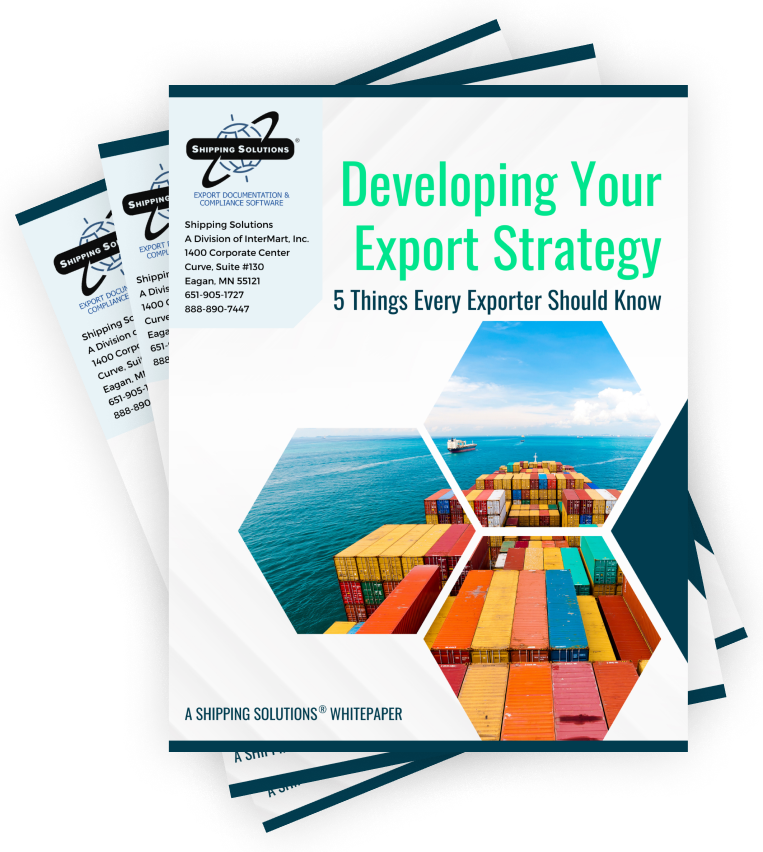The International Trade Blog International Logistics
Global Supply Chain Disruptions: A Look Back, a Look Toward the Future
On: December 19, 2022 | By:  Dr. Cheryl McCloud |
3 min. read
Dr. Cheryl McCloud |
3 min. read
 Since 1995, the world has experienced many global supply chain disruptions—9/11, earthquakes and tsunamis, flooding, port strikes, global pandemics—some caused by man and others by natural forces. These disruptions closed factories, halted production, destroyed property, created human casualty and halted business globally. All ultimately costing billions of dollars in losses, bankruptcy and shutdowns.
Since 1995, the world has experienced many global supply chain disruptions—9/11, earthquakes and tsunamis, flooding, port strikes, global pandemics—some caused by man and others by natural forces. These disruptions closed factories, halted production, destroyed property, created human casualty and halted business globally. All ultimately costing billions of dollars in losses, bankruptcy and shutdowns.
Looking ahead toward 2030 and beyond, changes in technology are expected to disrupt transportation due to fuel shortages and the development of Transportation as a Service (TaaS) business models (using a vehicle you don’t own to get around or transport products). Switching from fuel to autonomous vehicles will create disruptions in the transportation and oil industry globally. These new technologies come at a premium cost for taxpayers and business operations. Neither states nor the federal government are fully prepared to support and implement these changes.
California, due to recent changes in laws, is leading the way but not without high costs to the state and businesses—many wait in line for hours to recharge electric vehicles. The cost for replacement batteries in vehicles and trucks ranges from $23,000 to $35,000 and higher. Many consumers already can’t afford new vehicles, and the cost of replacement batteries equals the cost of a new vehicle.
Not the First Large-Scale Transformation
In the early 1900s, when the first modern cars were being made, no highways or gas stations existed. How people and goods were moved went through an evolution during this time, into the now well-developed system of millions of gas stations, roads and and highways that cross America and the globe. Change is inevitable, and history has already shown that as the world moves into a new era of autonomous vehicles, drones that move goods across the skies, and robots that work beside humans, these changes will bring new opportunities but also new risks for disruptions that need to be controlled as unexpected disasters arise globally.
Predictions provide insight into the many pros and cons of these futurist changes, ranging from initial high costs to eventual savings in the trillions for consumers. Pandemics, gig and remote work, and unstable political climates globally are forcing unprecedented change in every industry. Supply chain operations and organizations are strained as supply demand increases while labor markets suffer.
It is predicted that as many as 85 million jobs could go unfilled by 2030, due to retirements followed by smaller generations who have different opinions about how and what work is critical to the economy. One thing is certain: Change is coming, and it’s coming fast. Those not prepared will find themselves lost in the maze ahead as unexpected, new disruptions occur and new technologies arise—are you ready for like Li-Fi, which will disrupt Wi-Fi, as light becomes a new source for connections and communications?
Stay alert and informed, keeping your team players and partners close, as our globe is now moving at warp speed into the biggest industrial revolution our world has ever seen.
Like what you read? Subscribe today to the International Trade Blog to get the latest news and tips for exporters and importers delivered to your inbox.

About the Author: Dr. Cheryl McCloud
Dr. Cheryl McCloud has more than 30 years of experience in global supply chain management and the added distinction of receiving a DBA from Walden University with a specialization in Global Supply Chain Management. As a licensed U.S. Customs Broker and Freight Forwarder, Cheryl owned her international freight forwarding, customs brokerage, distribution, and federal contracting business, providing many services to importers, exporters and the U.S. Federal Government, becoming a 500 Inc. company.
Now, Cheryl is focused on helping small businesses understand the supply chain and regulatory compliance requirements to avoid unwanted risks and financial costs, creating strong profitability. Cheryl has additionally supported the development of new supply chain management programs in local colleges as a professor and currently the Chair of the Education Committee for the International Propeller Club headquarters in the U.S. and has a prodigious interest in the promotion of education, labor growth and opportunities for the maritime business.


